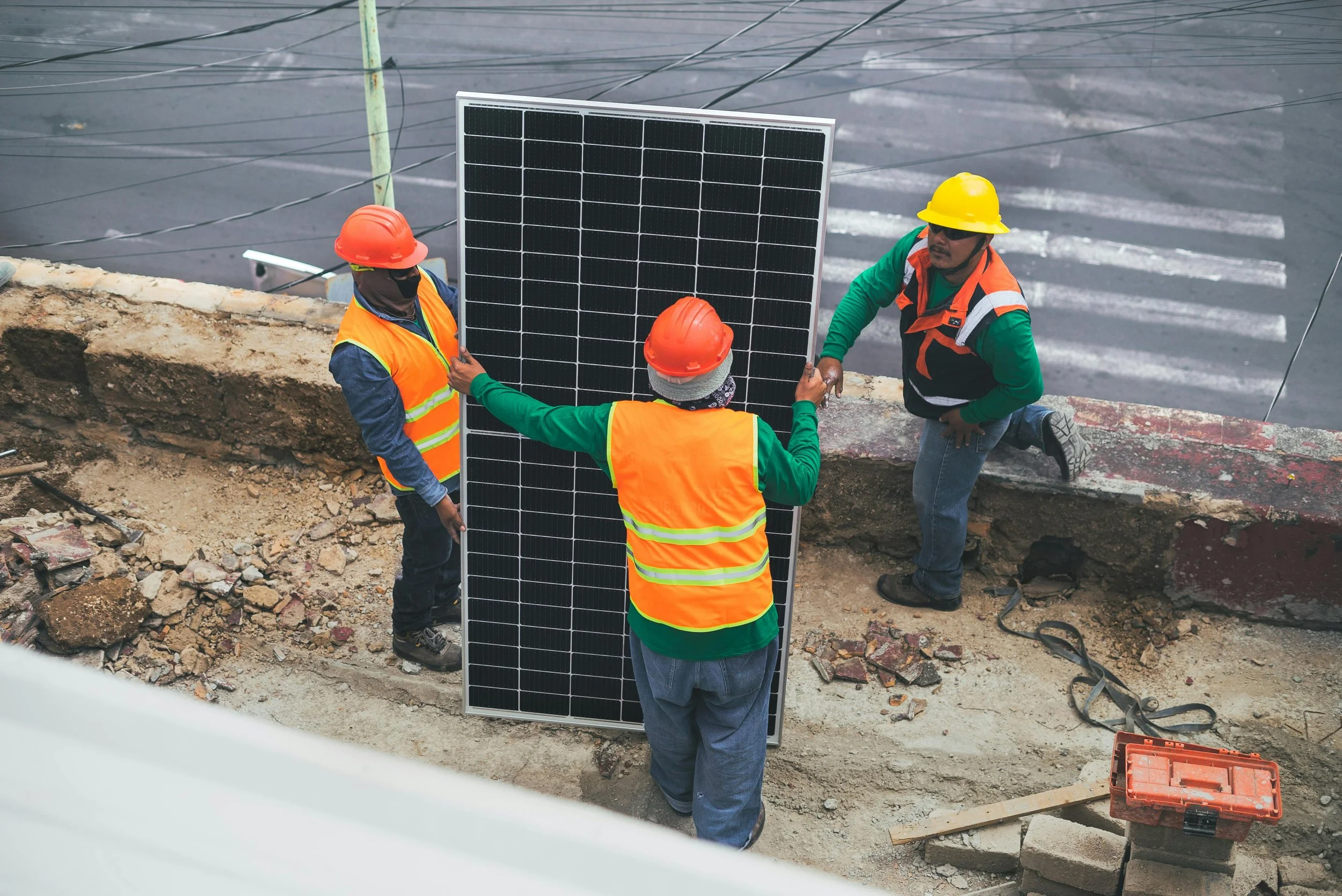Solar Panel Orientation and Tilt: Does Angle Really Matter?
When it comes to getting the most out of your solar energy system, it’s not just about the number of panels you install — it’s also about how and where you place them. One of the most common questions from homeowners is: Does the angle of my solar panels really matter?
In short: yes, it does. The orientation and tilt of your panels can significantly impact how much solar energy your system generates throughout the day and across the seasons. In this blog, we’ll explore how panel placement affects performance, and what works best for Australia’s sunny climate.
Why Panel Angle and Direction Matter
Solar panels work by converting sunlight into electricity. The more direct sunlight they receive, the more energy they produce. That’s why the angle (tilt) and orientation (direction) of your panels are crucial — they determine how much sunlight hits your panels and for how long during the day.
Getting this right means:
Higher efficiency and output
Better long-term savings
A faster return on investment
Ideal Orientation in Australia
In the southern hemisphere, including all parts of Australia, north-facing panels are generally considered the most effective. North-facing solar panels receive the most consistent sunlight throughout the day, especially during peak midday hours.
However, depending on your goals and energy usage patterns, east- or west-facing panels can also be beneficial. For example:
East-facing panels generate more power in the morning — great if you're home early in the day.
West-facing panels perform better in the afternoon — ideal if your energy use peaks in the evening.
Some homes even use a combination of orientations to spread power generation across the day.
The Right Tilt Angle
The tilt angle refers to how steeply your panels are angled from a flat, horizontal surface. In general, the best tilt angle matches the latitude of your location — for most of Australia, this falls between 20° and 35°.
However, the ideal tilt can vary depending on:
Your roof type and pitch
Seasonal energy needs
Whether you want to maximise summer or winter output
Flat roofs may require special mounting systems to angle the panels correctly, while steeper roofs might already be close to optimal.
When the Perfect Angle Isn’t Possible
Not every roof is perfectly suited for solar — and that’s okay. Thanks to modern inverter technology, including microinverters and power optimisers, even sub-optimal angles or partially shaded roofs can still produce impressive results.
And with the cost of solar systems continuing to fall, even systems that aren’t perfectly angled can offer great value and strong savings over time.
So, does angle really matter when it comes to solar panels? Absolutely — but it’s not the only factor. While north-facing panels at the right tilt will give you maximum efficiency, smart system design and technology can still deliver excellent performance under a variety of conditions.
For the best results, always consult a trusted solar provider who can assess your roof and energy needs to tailor a system that works for your home — no matter the angle.
Get in touch today to start our journey together.
Stay committed!
Damien Frearson

